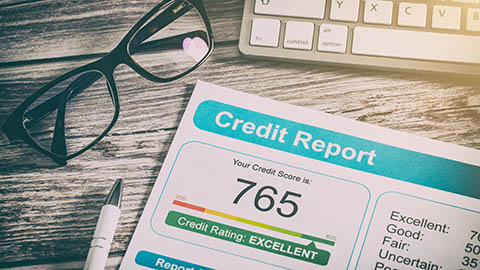Home Buying Guide with Kyle Davis & Team
Step 1: Hire your local real estate expert

Step 2: Review Your Credit Report & Score

Step 3: Determine Your Budget

Step 4: Choose the Right Lender

Step 5: Hunt for the Perfect Home

Step 6: Submit an Offer on the Home

Step 7: Choose the Appropriate Mortgage for Your Needs
Several mortgage programs are available, but first-time homebuyers should familiarize themselves with the three basic types: adjustable rate, fixed rate, and interest-only.
Adjustable rate mortgages (ARMs) have a fixed interest rate for a short period, typically one to seven years, after which the interest rate can fluctuate annually. These are suitable for people not planning to stay in their home for an extended period or those seeking a lower interest rate and payment.
Fixed-rate mortgages provide a fixed interest rate, and consequently, a fixed monthly payment for a more extended period, usually 15, 20, 25, or 30 years. They are suitable for people who prefer predictable payments and plan on staying in their home for a long time.
Both fixed and adjustable rate mortgages can have an interest-only payment option. This allows you to cover the interest portion of your payment for a specific period during the loan term. This can increase cash flow and build equity through home appreciation.
Your mortgage lender or banker can help you understand which mortgage suits your circumstances.

Step 8: Finalize the Purchase
Always arrange for a home inspection before finalizing the purchase to ensure the property's structural integrity and condition. The closing date should be mutually convenient.
Speak to your mortgage banker to understand all the costs involved with the closing to avoid any surprises. These costs typically include your down payment, title fees, appraisal fees, attorney fees, inspection fees, and possibly points you may have purchased to lower your interest rate.

Step 9: Move Into Your New Home!




